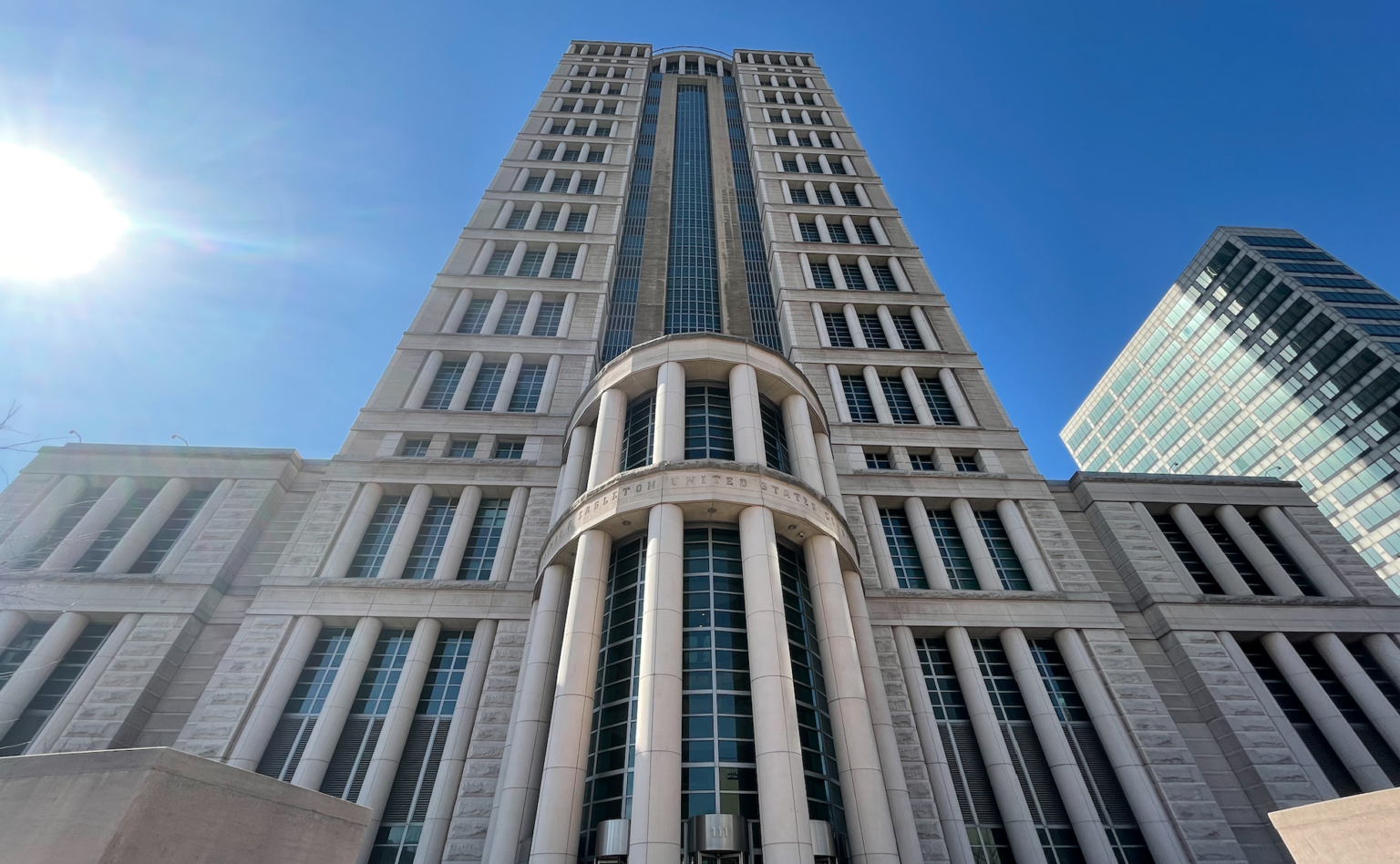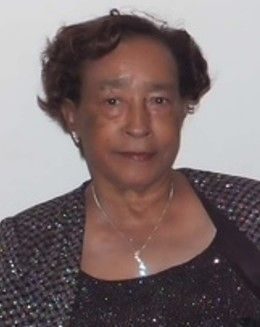Missouri AG Bailey argues to block Biden administration’s second student loan forgiveness plan

A United States District Court judge in St. Louis heard arguments Monday morning on whether the federal government can continue with a student-debt-forgiveness plan due to begin next month.
The lawsuit, filed last month by Missouri Attorney General Andrew Bailey, seeks to block an income-driven repayment plan for borrowers proposed by President Joe Biden’s administration.
Missouri Solicitor General Josh Divine argued in United States District Court for the Eastern District of Missouri Monday morning that the repayment plan, dubbed the SAVE Plan, was never authorized by Congress.
Divine is representing Missouri along with Republican attorneys general from Arkansas, Florida, Georgia, North Dakota, Ohio and Oklahoma.
“The defendants have asserted authority to redistribute $500 billion from teachers, farmers, nurses and truckers to those who haven’t paid off their student loans yet,” he said at the conclusion of his argument. “Congress simply did not give the president or the secretary (of education) authority to make a massive, monumental policy.”
Judge John Ross said it would take him “a couple of weeks” to craft an order. If Bailey gets his way, the court will block the federal government from approving additional borrowers for the SAVE Plan. Those who have already applied would not be affected, which U.S. Department of Justice Attorney Steven Petri said Monday was “news to (him).”
Bailey’s office blocked implementation of the Biden administration’s first attempt at loan forgiveness in a lawsuit settled by the U.S. Supreme Court in June 2023. He has threatened to file suit against the latest plan for loan forgiveness announced by the federal government in April.
The SAVE plan, an acronym for “Saving on a Valuable Education,” sets monthly payments based on income, with some borrowers having monthly payments waived. Those who borrowed less than $12,000 and have been paying for more than 10 years may have their debt canceled, with an additional year for each $1,000 additional borrowed.
The first forgiveness plan used the HEROES Act, which provides relief in time of emergency, to authorize $10,000 and $20,000 payments to borrowers. The HEROES Act was a central part of the Supreme Court case. Chief Justice John Roberts wrote in the ruling that, “the (HEROES Act allows the Secretary to ‘waive or modify’ existing statutory or regulatory provisions applicable to financial assistance programs under the Education Act, not to rewrite that statute from the ground up.”
The SAVE plan, however, relies on the Higher Education Act. Petri described it as “an amendment to an existing plan.”
The law prescribes an income-driven repayment plan “paid over an extended period of time prescribed by the Secretary, not to exceed 25 years.” The wording of “not to exceed 25 years” was a central point in Monday’s arguments.
Divine said that while the federal government is using the wording as permission to forgive loans, he argued that the Secretary of Education should set rates that complete payment by 25 years.
“The text expressly requires repayment, ” he said, emphasizing the label of SAVE as a “repayment plan.”
Ross questioned this by saying that Public Service Loan Forgiveness (PSLF), a program that waives outstanding student debt after 10 years working in public service, is also named a repayment plan.
Divine said enrollees in PSLF make payments and must repay entirely “unless you satisfy the elements needed to obtain forgiveness.”
Petri said the Higher Education Act must be considered in full.
“We think that the full statutory language, taken as a whole, not only authorized in this plan but provides clear congressional authorization,” he said.
While the authorizing law has changed between the Supreme Court ruling and Monday’s arguments, Divine said the reason Missouri has standing in the case remains. He told the judge it was the “same exact theory of standing” argued last year, saying that the Missouri Higher Education Loan Authority (MOHELA) will be harmed if the plan goes into effect.
“MOHELA doesn’t just process loans, it owns loans… and it earns interest on those loans,” Divine said.
MOHELA is a quasi-governmental nonprofit. It did not consent to being part of the lawsuit that ended up before the Supreme Court, and internal communications released by loan-forgiveness activists show employees apprehension in being named.
MOHELA stands to lose $987 million if the plan is enacted in July, Divine argued.
U.S. Department of Justice attorney Simon Jerome said there are “problems with that number,” like the federal contract for many of these loans is expiring.
He also pointed to MOHELA’s request to downsize its portfolio by up to 1.5 million borrowers.
“And 1.5 million is quite a bit larger… than the 81,000 accounts slated for forgiveness under the SAVE Plan,” Jerome said.
Ross asked if the SAVE Plan might be removing borrowers in addition to MOHELA’s request.
“The department is committed to removing up to 1.5 million,” Jerome said. “There is room to right-size it.”
When loan payments resumed in the fall, MOHELA borrowers submitted complaints, like not receiving bills that led to them missing payment. As a result, the Department of Education fined MOHELA $7.2 million for “servicer failures.”
With fewer accounts to service, Jerome said, MOHELA can “get back on its feet.”
“These potential benefits, aren’t they all speculative?” Ross asked.
Jerome said the department used “a lot of data” in its estimation.
Divine also spoke about another entity he argues would be harmed, mentioning the Bank of North Dakota’s program refinancing federal loans. He said customers would not be likely to refinance with the bank after the SAVE Plan offers $0 payments and forgiveness.
“You don’t have to be an economist to understand that free money is appealing,” he said.
Jerome said this argument was “speculative.”
“For all of the Bank of North Dakota borrowers, I haven’t seen a single affidavit, haven’t seen a single statement from a borrower (promising to consolidate),” he said.
He looked at the bank’s website, he said, and noticed that it did not represent itself as a competitor with the federal government.
Jerome, additionally, told the judge he thought all the states should have to prove harm for the case to continue. In the previous Supreme Court case, just MOHELA’s harm was enough.
The timing of the case, which was filed in April months after the rule was proposed, will also come into consideration as there is a question of whether the attorney general’s office is too late.
Divine said the timing should be allowed because the office is only trying to proactively stop the program, rather than revoking loan forgiveness that has already occurred.
Ross asked him if he’s declaring “imminent harm,” why he didn’t file earlier.
Divine doesn’t read the Federal Register daily, he said, so he didn’t know about the rule until February.
Divine was part of a negotiated rulemaking committee on federal student loan relief from October to December, before removing himself from the committee. The committee was crafting the rule announced in April but discussed the SAVE plan, according to meeting transcripts.
Both the judge and Petri mentioned the State of Missouri’s involvement in negotiated rulemaking committees. MOHELA’s Director Business Development & Government Relations Will Shaffner was part of the previous round of negotiated rulemaking in 2021-2022.
“I think any timing issue is a problem of (Missouri’s) own making,” Petri said.
He said the delay should “undermine an assertion of irreparable harm.”
MOHELA did not respond to a request for comment.
Miss Clipping Out Stories to Save for Later?
Click the Purchase Story button below to order a print of this story. We will print it for you on matte photo paper to keep forever.

